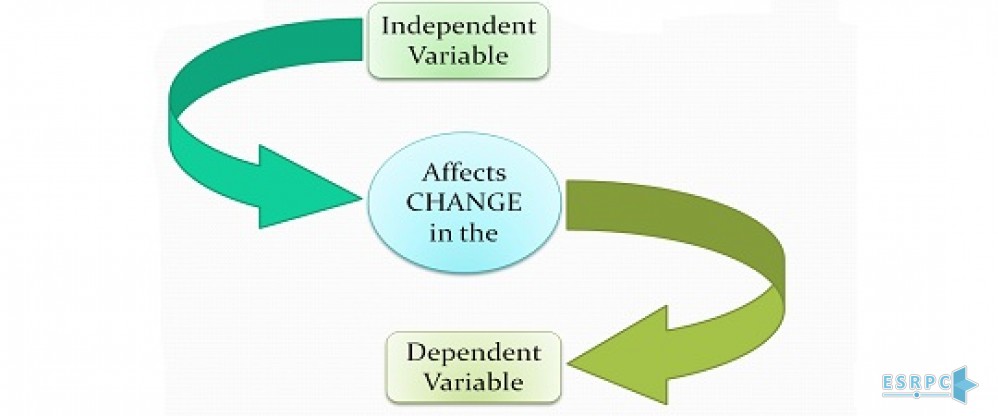Variables are attributes to which various values can be assigned.

A variable involves anything that can accept different values. The mentioned values might be different for different individuals and objects that the scores of an individual on various tests can be considered as an example with regard to the issue.
In a general definition, it can be stated that it is an attribute or a factor which is shared among a society’s population having the capacity of taking different values that the assigned value to a variable is demonstrative of a change from an individual to another or from a state to the next.
Types of variables
According to the role(s) that variables play in a research, they are divided into two categories:
An Independent variable is a variable based on which the dependent variable is predicted. This variable is chosen, manipulated and measured by the researcher aimed at figuring out its relationship with other variables.
The independent variable might have a positive or negative effect on the dependent variable; that is, any kind of change in the independent variable might result in a change in the dependent variable. Accordingly, the reason behind the dependent variable’s change can be looked for in the change which has been applied to the independent variable. In a non-experimental research, the independent variable is not manipulated, and intact groups are chosen assuming that the independent variable has an effect on the dependent variable. For more elaboration, two examples are hereby presented:
Example 1: “Various social classes have an effect on knowledge improvement”. In this example, the various social classes and knowledge improvement are considered as the independent and dependent variables, respectively.
Example 2: “Organizational structure has an effect on customers’ satisfaction”. In this example, the organizational structure and customers’ satisfaction are the independent and dependent variables, respectively.
Defendant variable is a variable in which the researcher is interested and in contrary to the independent variable, the dependent variable is not in the control of the researcher, and he/she is not able to manipulate it. In its definition, it could be stated that it is a variable which is affected by the independent variable, it is changed based on the independent variable’s changes and the researcher’s goal is predicting and describing its changeability. For more clarifications, the following examples are hereby presented:
Example 1: Investigating the effect of women’s employment on family life satisfaction__ Women’s employment is an independent and family life satisfaction is a dependent variable.
Example 2: The effect of the sun on plants’ growth__ The sun and plants’ growth are the independent and dependent variables, respectively.
Example 3: Investigating the effect of educational courses on the workers’ occupational performance __ Educational courses and occupational performance are the independent and dependent variables, respectively.
In addition to the main variables__independent and dependent ones, there are some other variables affecting the outcome of the research which are briefly described as follow:
The moderator variable changes the relationship between the independent and dependent variable. In points of the fact, the presence of the third variable affects the relationship which was expected from the main variables; thus, it can be considered as the second independent variable.
Example: In an investigation of the effect of students’ IQ on their average, in case of significant difference among the male and female students’ IQ and average, gender can be accounted as the moderator variable.
It happens in some occasions that the researcher decides to delete or neutralize the effect of some variables since examining all the variables simultaneously seems impossible and uncontrollable for him/her that the mentioned variables are called control variables. It is noteworthy that in some particular cases, the moderator variable can play the control variable’ role.
Example: Investigating the effect of the simulated tests on the students’ success in the final tests__ simulated tests and success in the final tests are independent and dependent variables, respectively. In this design, the students’ major can be considered as the control variable.